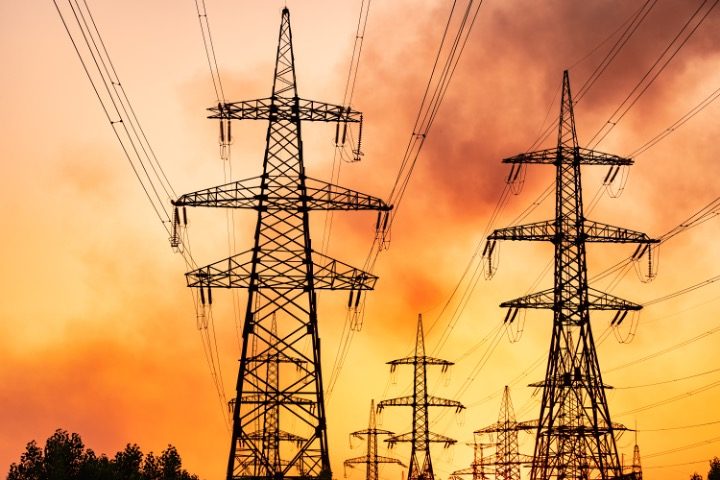
As part of President Biden’s Investing in America agenda, the Department of Energy (DOE) announced on Wednesday a $3.46 billion investment for 58 projects across 44 states to strengthen electric grid resilience and reliability across the country. Part of the Bipartisan Infrastructure Law, the projects will use more than $8 billion in federal and private investment to “deliver affordable, clean electricity to all Americans” by improving the nation’s electric grid.
“Extreme weather events fueled by climate change will continue to strain the nation’s aging transmission systems, but President Biden’s Investing in America agenda will ensure America’s power grid can provide reliable, affordable power,” said U.S. Secretary of Energy Jennifer M. Granholm in a DOE press release. “Today’s announcement represents the largest-ever direct investment in critical grid infrastructure, supporting projects that will harden systems, improve energy reliability and affordability—all while generating union jobs for highly skilled workers.”
The announcement comes less than a month after the “first-ever” White House Summit on Building Climate Resilient Communities, which sought to “strengthen, diversify, and expand America’s power grid while creating good-paying union jobs and building community climate resilience.”
Wednesday’s $3.46 billion represents the “first round of selections under the broader $10.5 billion” Grid Resilience and Innovation Partnerships (GRIP) Program. All of the announced projects have Justice40 commitments and appear to focus more on Biden’s political agenda. According to the DOE, “86 percent either contain labor union partnerships or will involve collective bargaining agreements.”
The investment in updating and improving the nation’s power grid comes as a newly released International Energy Agency (IEA) report claims that “clean” energy technologies such as solar panels, wind turbines, and electric vehicles are overwhelming the electric grid, which is currently receiving little attention.
The IEA shared that the United States — and all countries seeking to achieve their net-zero emissions and climate goals by 2050 — not only will need “bigger, stronger and smarter grids,” but will have to grow its electricity capacity “20 % faster in the next decade than it did in the previous one.”
“The acceleration of renewable energy deployment calls for modernising distribution grids and establishing new transmission corridors to connect renewable resources — such as solar PV projects in the desert and offshore wind turbines out at sea — that are far from demand centres like cities and industrial areas,” stated the IEA report.
However, meeting the growing electricity demand as well as national net-zero emissions goals by 2050, the IEA bluntly pointed out, would require “adding or refurbishing a total of over 80 million kilometres (approx. 50 million miles) of grids by 2040, the equivalent of the entire existing global grid.”
To make matters worse, current investment in upgrading the electric grid is well below what is required. According to the IEA, “To meet national climate targets, grid investment needs to nearly double by 2030 to over USD 600 billion per year after over a decade of stagnation at the global level, with emphasis on digitalising and modernising distribution grids.”
There is also a growing bottleneck due to the lack of grid infrastructure. As the IEA reported, “At least 3 000 gigawatts (GW) of renewable power projects” are waiting for permission to connect to power lines, “equivalent to five times the amount of solar PV and wind capacity added in 2022.”
Apparently, in addition to the federal government’s own policies, public opposition to developing renewable power sources is a major obstacle to achieving net-zero goals. The New York Times reported that “it took 17 years for developers to win approval for the SunZia project, a 550-mile transmission line to deliver electricity from an enormous wind farm in New Mexico to consumers in Arizona and California, after years of legal battles and route changes.”
While the Biden administration paints a positive picture of improving the nation’s power grid, the IEA report exposes the harsh reality of upgrading and maintaining adequate electric-grid infrastructure. All of this points to getting government out of the way and allowing the free market to produce safe, affordable, and reliable energy sources.




